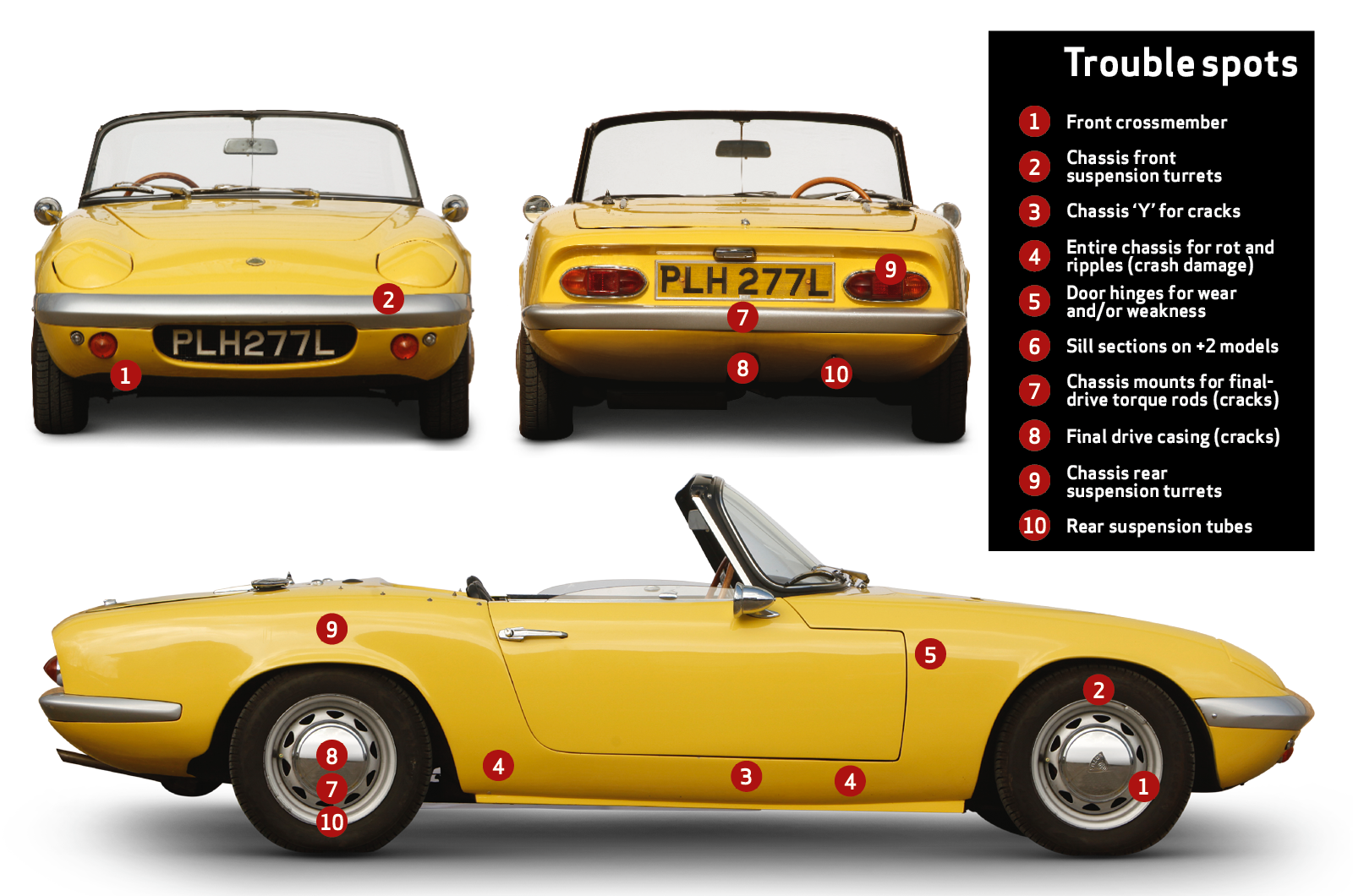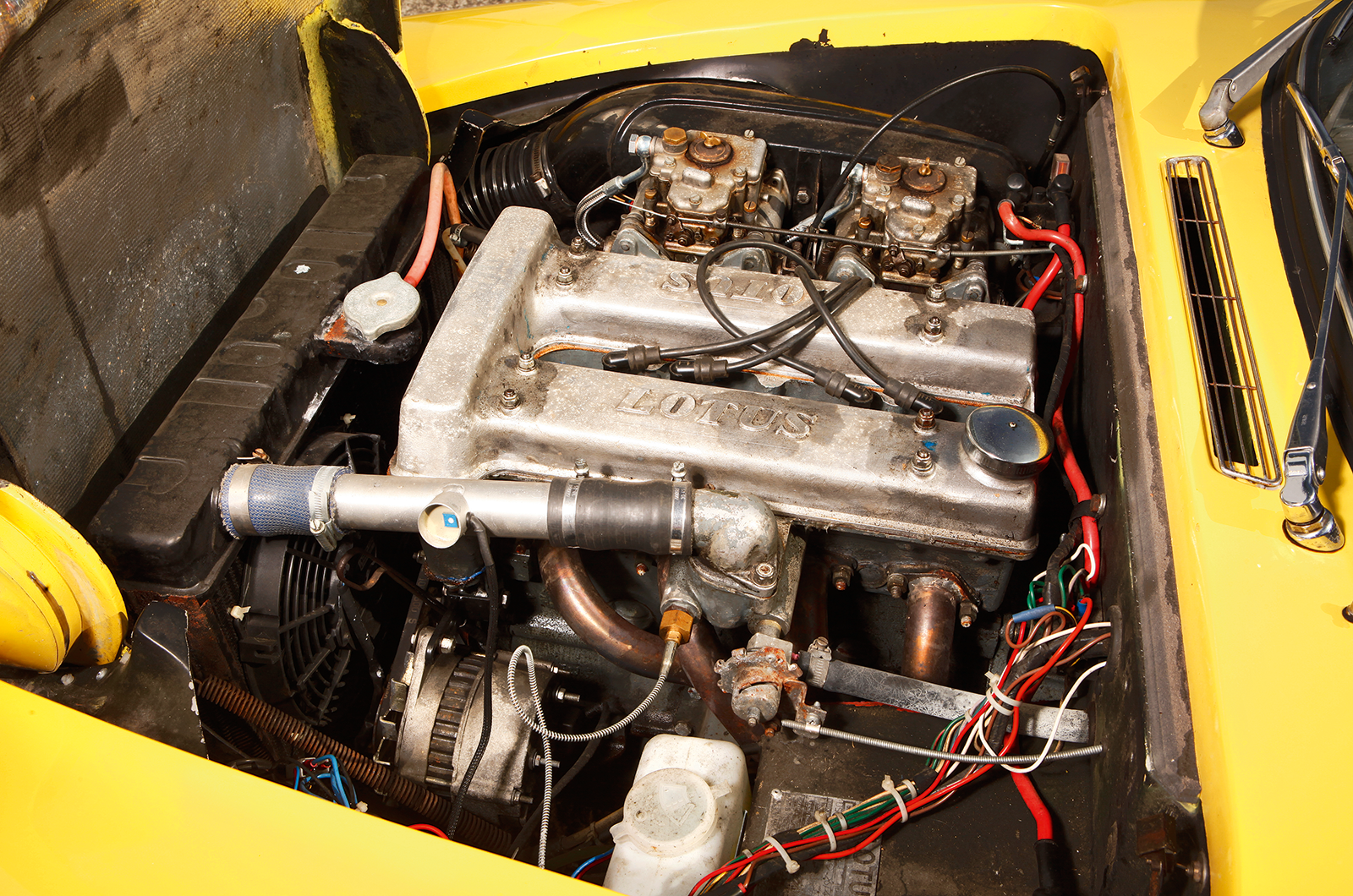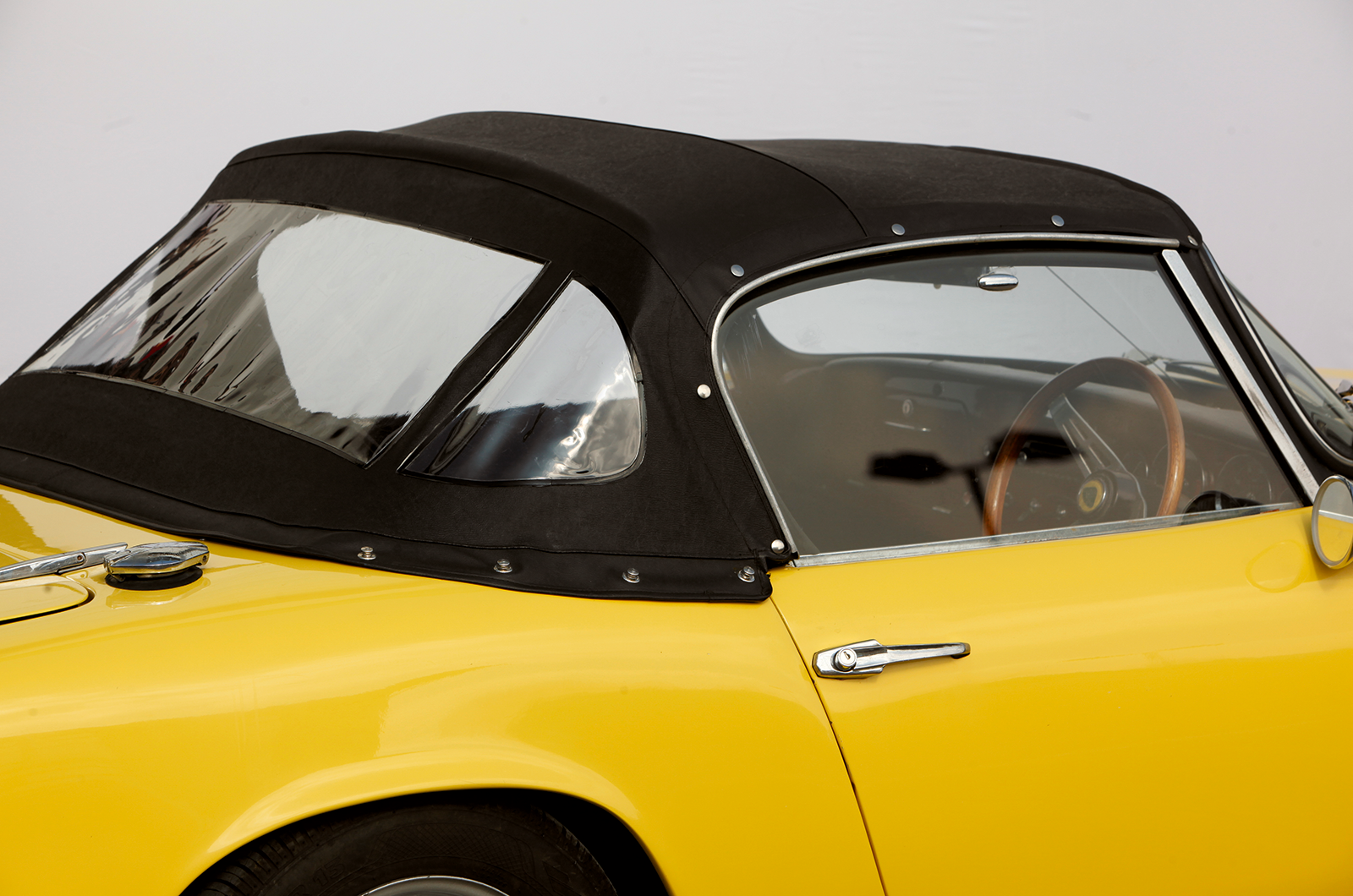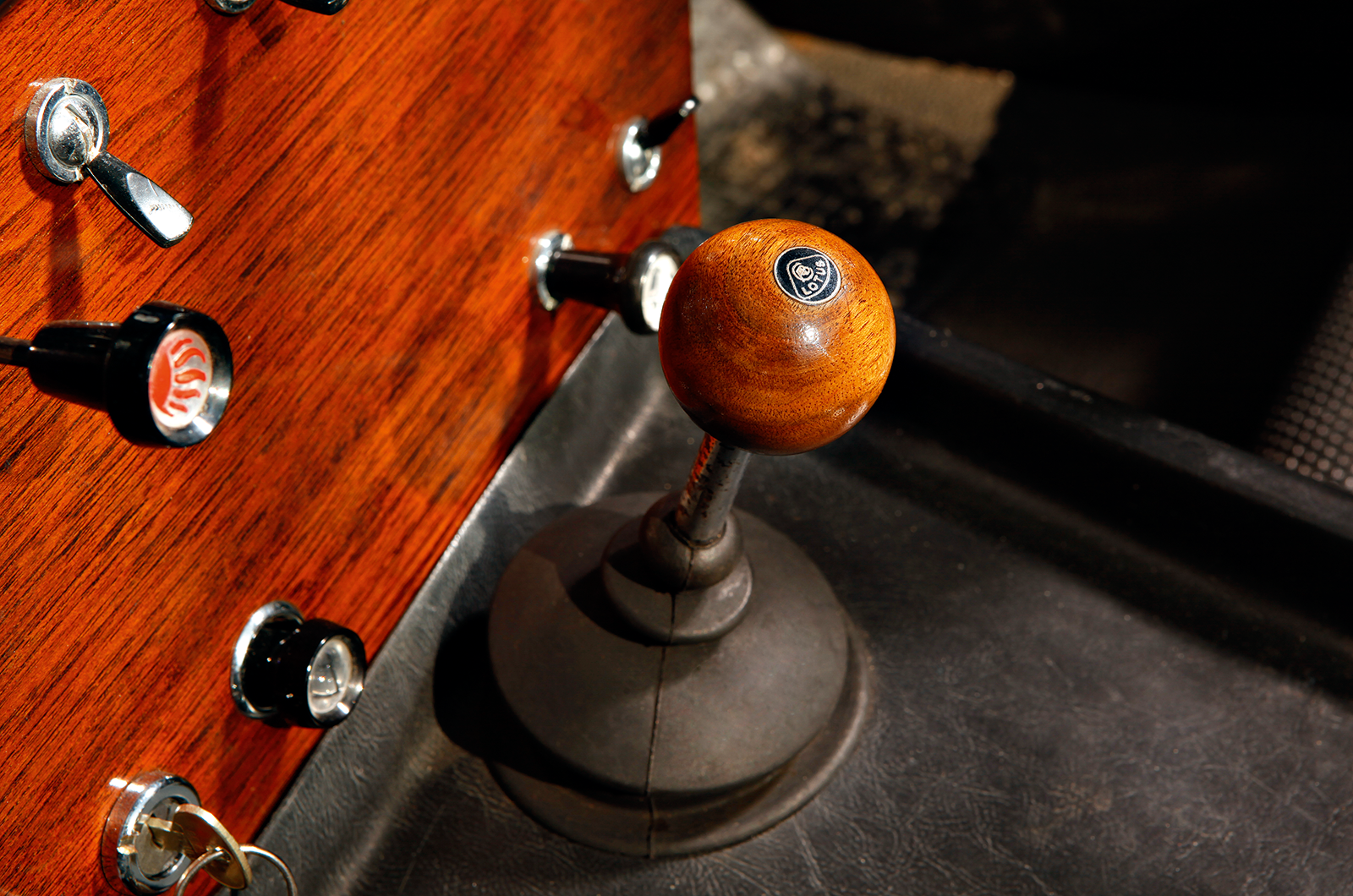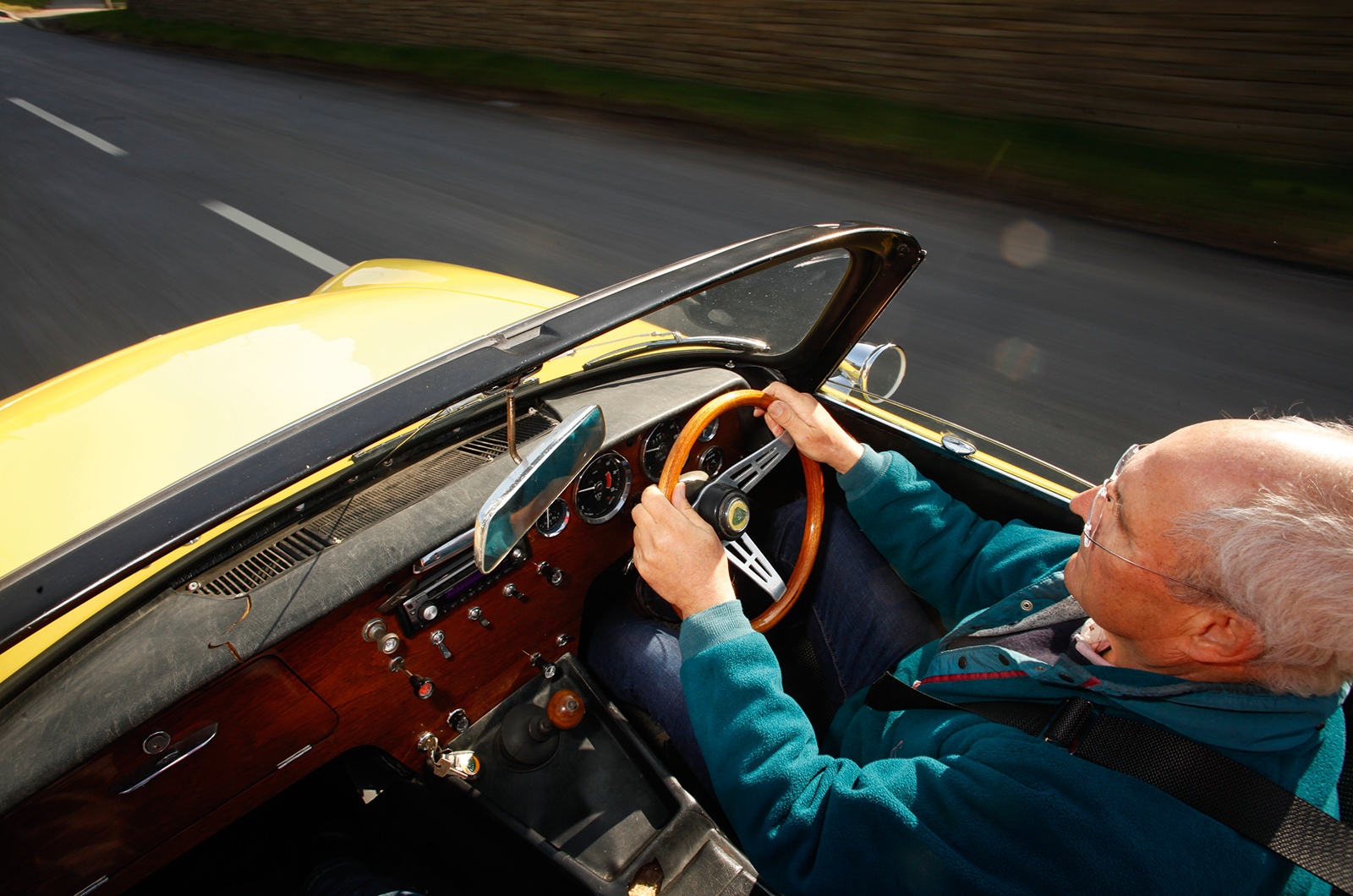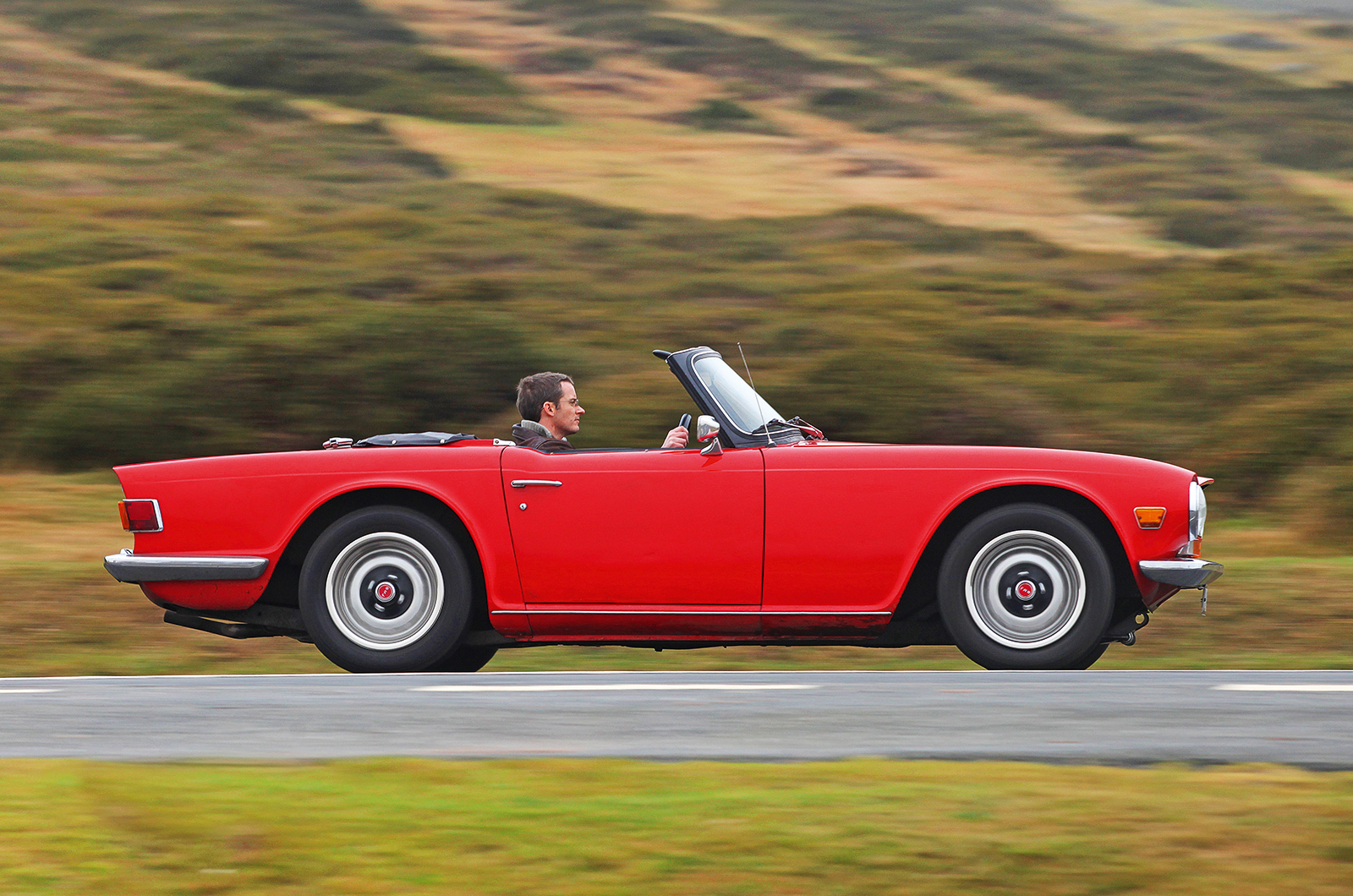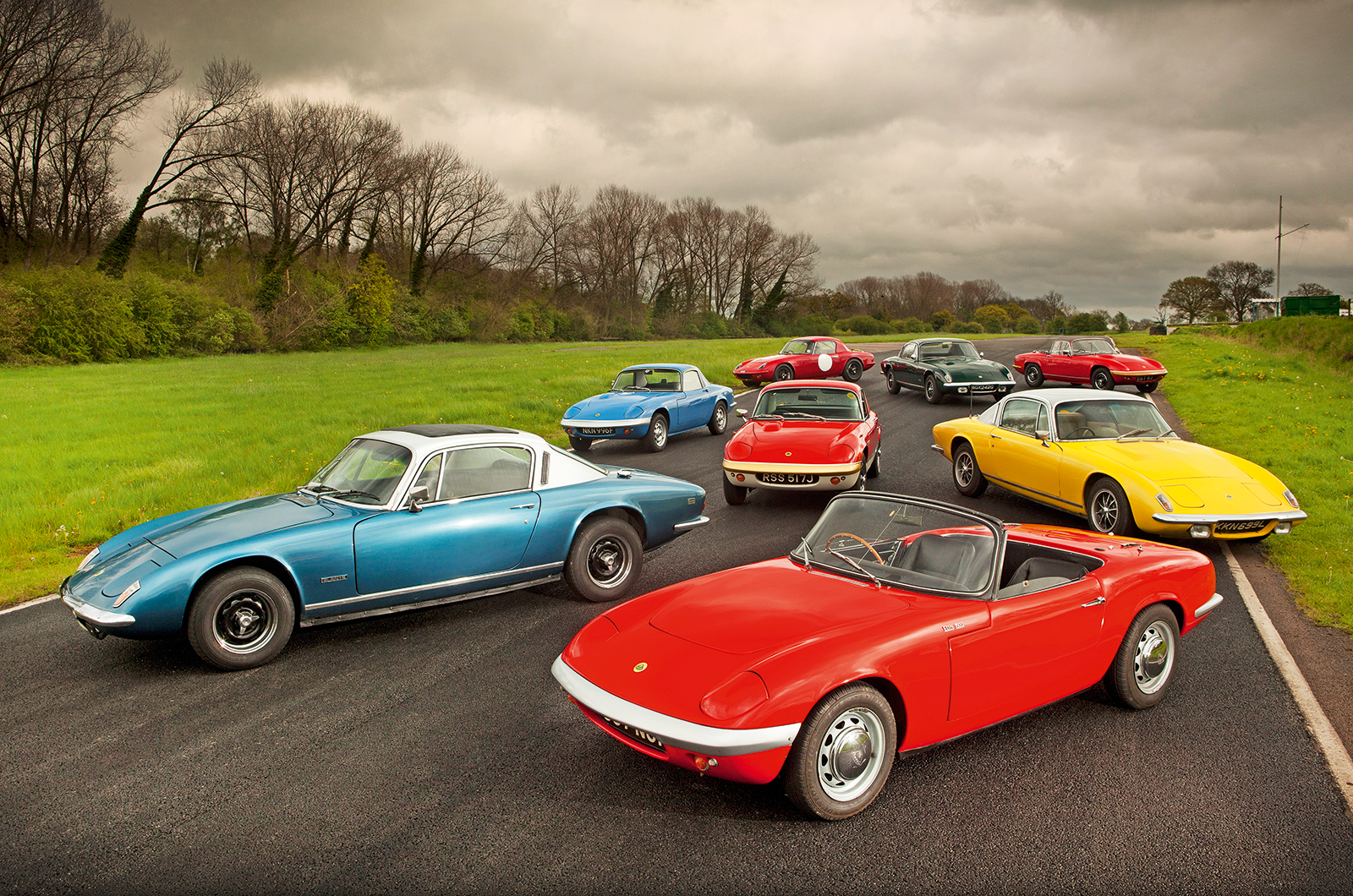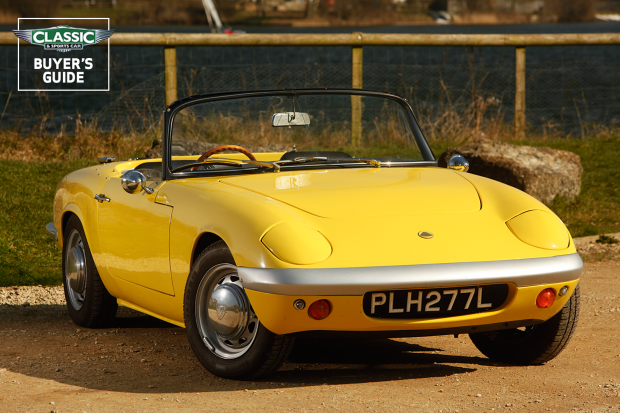
Why you’d want a Lotus Elan (1963-’74)
Colin Chapman wanted a road car that was easier to build and with less fragile and costly componentry than the troublesome Elite. It was hard to achieve torsional stiffness in an open car with a glassfibre monocoque, so, with designer Ron Hickman, he devised a clever folded-steel backbone chassis to stiffen the GRP shell while adding a minimum of extra weight.
With soft, long-travel suspension, it made the Elan one of the best-handling cars ever, with a fine ride too. The new Lotus was announced in October 1962.
For the engine, Chapman and his friend Walter Hayes at Ford conceived a dual-overhead camshaft conversion of its new oversquare small ‘four’. It was to be used in Chapman’s latest model and in a saloon that Hayes wanted to boost Ford’s image with race wins.
Former Coventry Climax designer Harry Mundy drew up the brilliant twin-cam head and JAP was contracted to build the engines; assembly moved in-house in ’67.
Hickman’s styling was simple yet elegant, with faired-in bumpers and pop-up headlights. A Coupé was added in ’65, styled by John Frayling, but Hickman again took charge of the Elan +2, a longer, wider and more sophisticated fixed-head for families.
While all of this was going on, Lotus was winning F1 World Championships and moving its factory wholesale from Cheshunt to Hethel. Up until the +2S of ’69, all Elans were also available in kit form for home assembly.
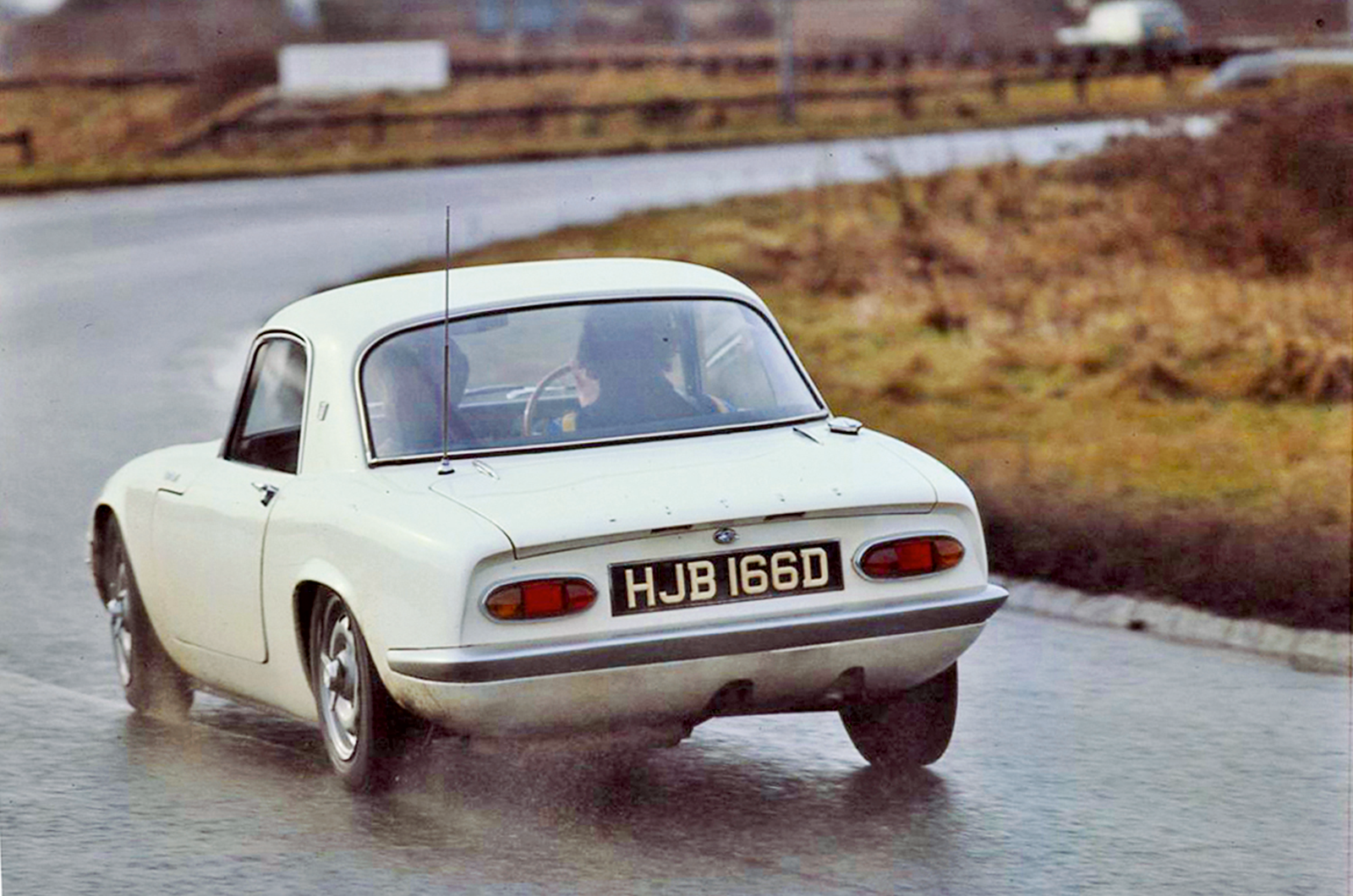
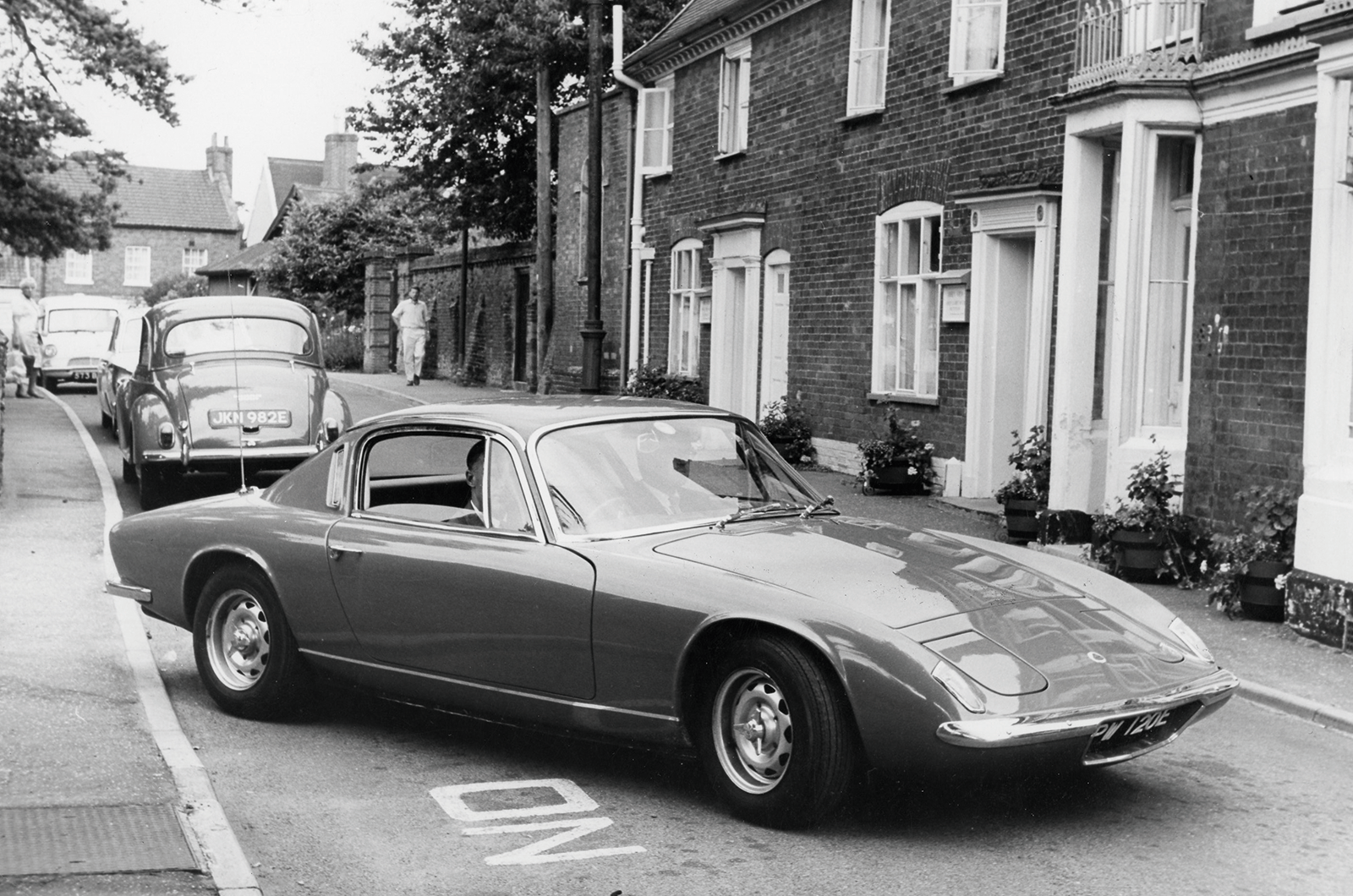
Autocar test demonstrated the Elan’s outstanding grip (left); more refined +2 featured fatter tyres and reinforced sills

